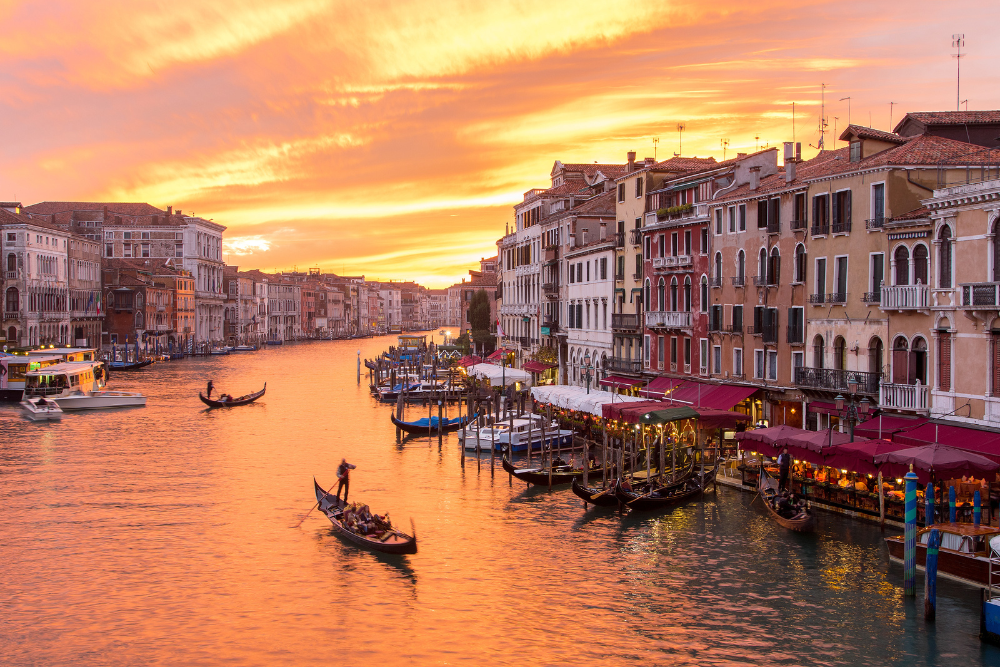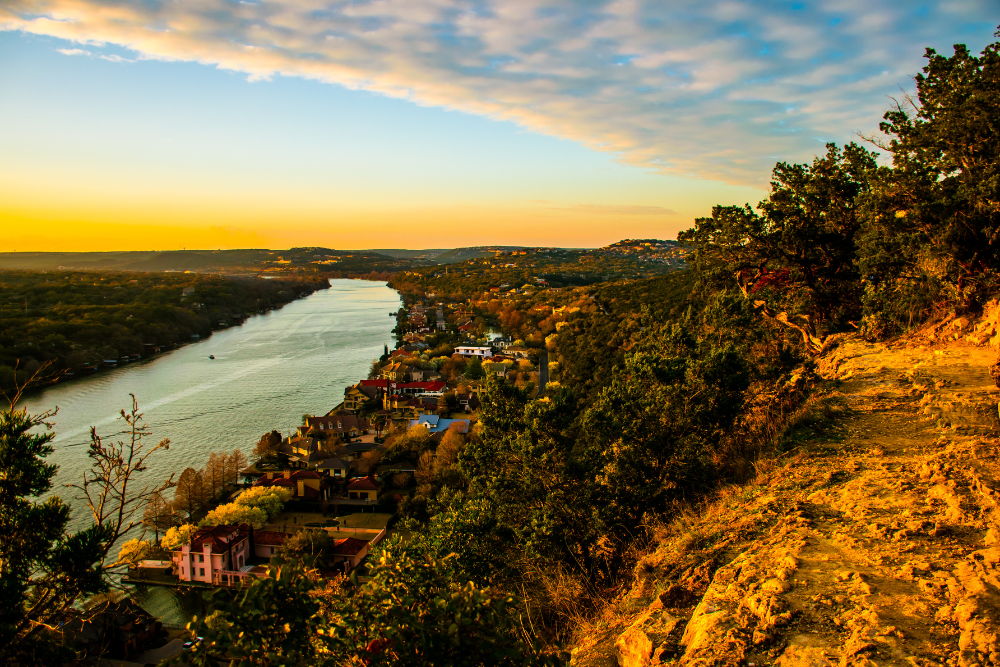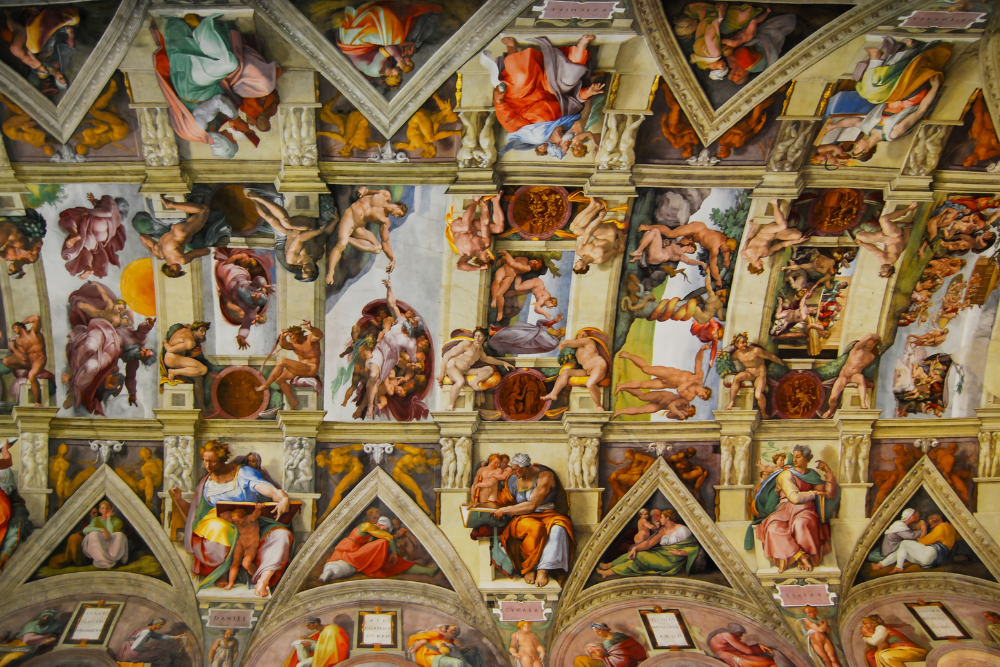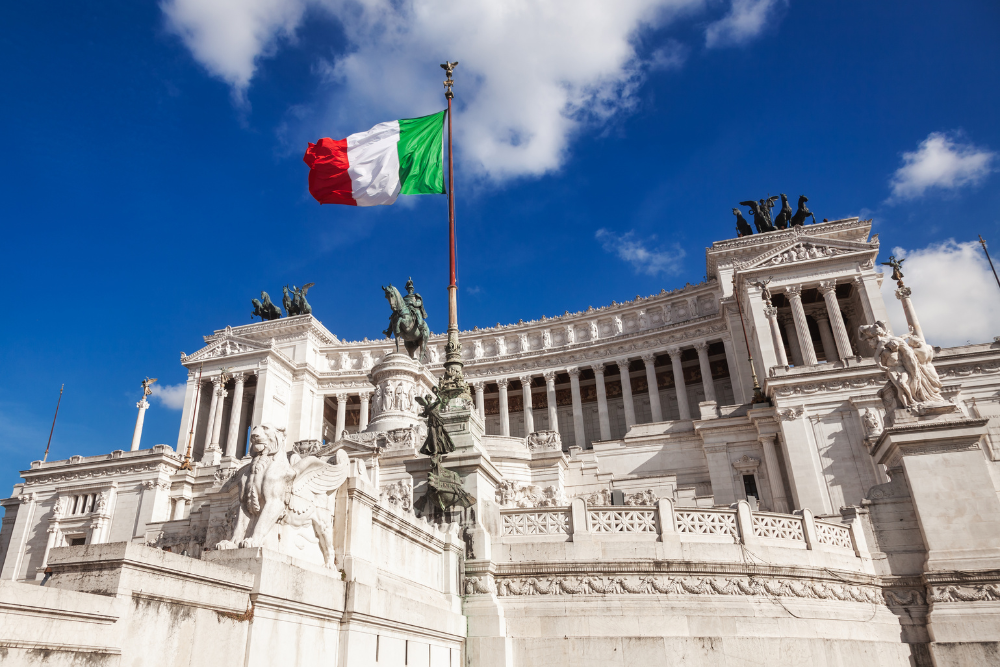Italy is a treasure trove of history, culture, and art, offering an abundance of iconic landmarks that attract millions of visitors each year. From ancient ruins to Renaissance masterpieces, Italy’s landmarks are as diverse as its regions. Here’s a guide to some of Italy’s most iconic landmarks, each offering a unique glimpse into the country’s rich heritage and vibrant culture.
1. The Colosseum, Rome: A Glimpse into Ancient Rome

The Colosseum is undoubtedly one of the most famous landmarks in the world. Located in the heart of Rome, this ancient amphitheater once hosted gladiatorial battles, public spectacles, and theatrical performances. Built between 70-80 AD, the Colosseum could hold up to 80,000 spectators and was the site of some of the most extravagant entertainments of the Roman Empire.
- Highlights:
- Explore the Arena: Walk through the same corridors once used by gladiators and performers, imagining the thrilling and often brutal spectacles that took place.
- Underground Chambers: Visit the subterranean levels where animals, props, and performers were kept before entering the arena.
- Panoramic Views: Climb to the upper levels for stunning views of the Roman Forum and the city of Rome.
Insider Tip: Visit early in the morning or late in the afternoon to avoid the crowds and capture the Colosseum at its most atmospheric, especially with the setting sun casting golden light on the stone.
2. The Leaning Tower of Pisa: An Architectural Wonder

Located in Piazza dei Miracoli, Pisa’s famous Leaning Tower is one of the world’s most recognizable structures. Built as a freestanding bell tower for the cathedral, it began to tilt during construction in the 12th century due to unstable soil. Today, it remains an iconic symbol of Italy, drawing tourists who love to take creative photos “holding up” the tower.
- Highlights:
- Climbing the Tower: For the adventurous, climbing the tower is a must-do. The 294 steps lead to a breathtaking view of the surrounding city and the rest of the Piazza dei Miracoli.
- Piazza dei Miracoli: The square is home to several other architectural wonders, including the Pisa Cathedral and the Baptistery, both of which are remarkable examples of Romanesque architecture.
Insider Tip: Purchase tickets in advance for climbing the tower, as access is limited and often sells out.
3. The Vatican: The Heart of Christianity

The Vatican City, the smallest independent state in the world, is home to some of the most significant religious and artistic landmarks in the world. The center of the Catholic Church, it houses St. Peter’s Basilica, the Vatican Museums, and Sistine Chapel—all masterpieces of art, architecture, and spirituality.
- Highlights:
- St. Peter’s Basilica: One of the largest churches in the world, the basilica is known for its awe-inspiring architecture and the Pietà by Michelangelo.
- The Sistine Chapel: Famous for Michelangelo’s stunning frescoes, including the Creation of Adam, the Sistine Chapel is an iconic work of art and a must-see.
- The Vatican Museums: The museums house an immense collection of art, from classical sculptures to Renaissance paintings, culminating in the Sistine Chapel.
Insider Tip: Book a skip-the-line tour to avoid long queues, especially for the Vatican Museums and the Sistine Chapel.
4. The Pantheon, Rome: A Roman Masterpiece

The Pantheon, originally built as a temple for all the Roman gods, is one of the best-preserved ancient Roman structures and a marvel of engineering. Its massive dome, with a central oculus that lets in natural light, is considered a masterpiece of Roman architecture.
- Highlights:
- The Dome: The Pantheon’s dome remains the world’s largest unreinforced concrete dome, and its design influenced architecture for centuries.
- Tomb of Raphael: The renowned painter Raphael is buried here, along with several other notable Italian figures.
- Architectural Beauty: The building’s perfect symmetry and the light that flows through the oculus create an atmosphere of serene awe.
Insider Tip: The Pantheon is free to visit, but if you want a deeper understanding of its history, consider joining a guided tour.
5. Cinque Terre: Five Charming Villages

The Cinque Terre, located on the rugged Ligurian coast, is a collection of five picturesque villages—Monterosso al Mare, Vernazza, Corniglia, Manarola, and Riomaggiore. Famous for their colorful houses perched on steep cliffs, these villages are connected by hiking trails that offer spectacular views of the Mediterranean Sea.
- Highlights:
- Hiking Trails: The coastal trails between the villages offer some of the most stunning views in Italy, with paths that wind along cliffs and through vineyards.
- Riomaggiore: This village is known for its picturesque harbor and vibrant houses that cascade down the hillsides.
- Boat Rides: Take a boat ride along the coast to see the villages from the water and appreciate their beauty from a unique perspective.
Insider Tip: Avoid driving to the Cinque Terre—parking can be limited and expensive. Instead, use the local trains or boats to travel between the villages.
Conclusion
Italy is a country brimming with iconic landmarks that showcase its rich history, artistic heritage, and natural beauty. Whether you’re exploring the ancient ruins of Rome, marveling at the architecture of Florence, or hiking the cliffs of the Amalfi Coast, each landmark offers a unique window into the country’s past and present. A trip to Italy wouldn’t be complete without visiting these iconic sites, which continue to captivate travelers from around the globe.












